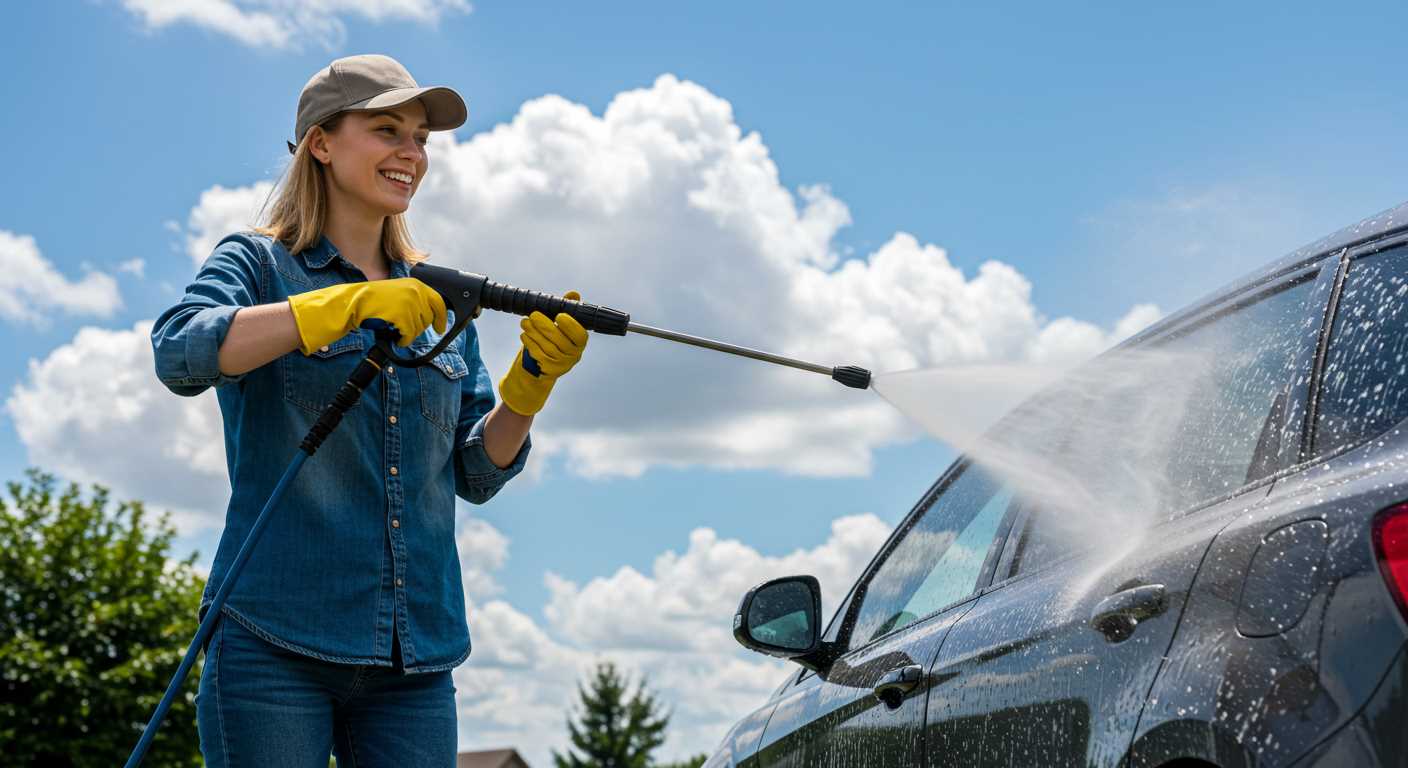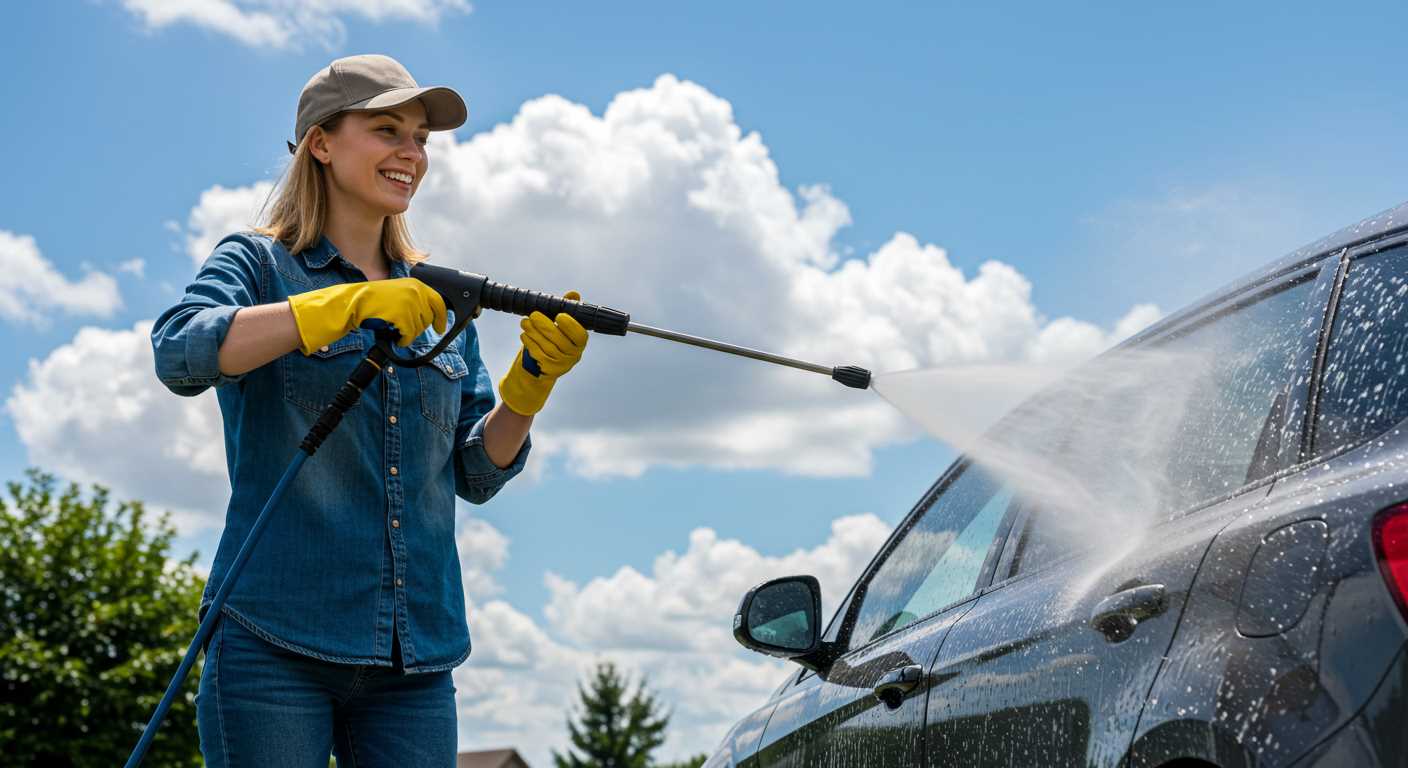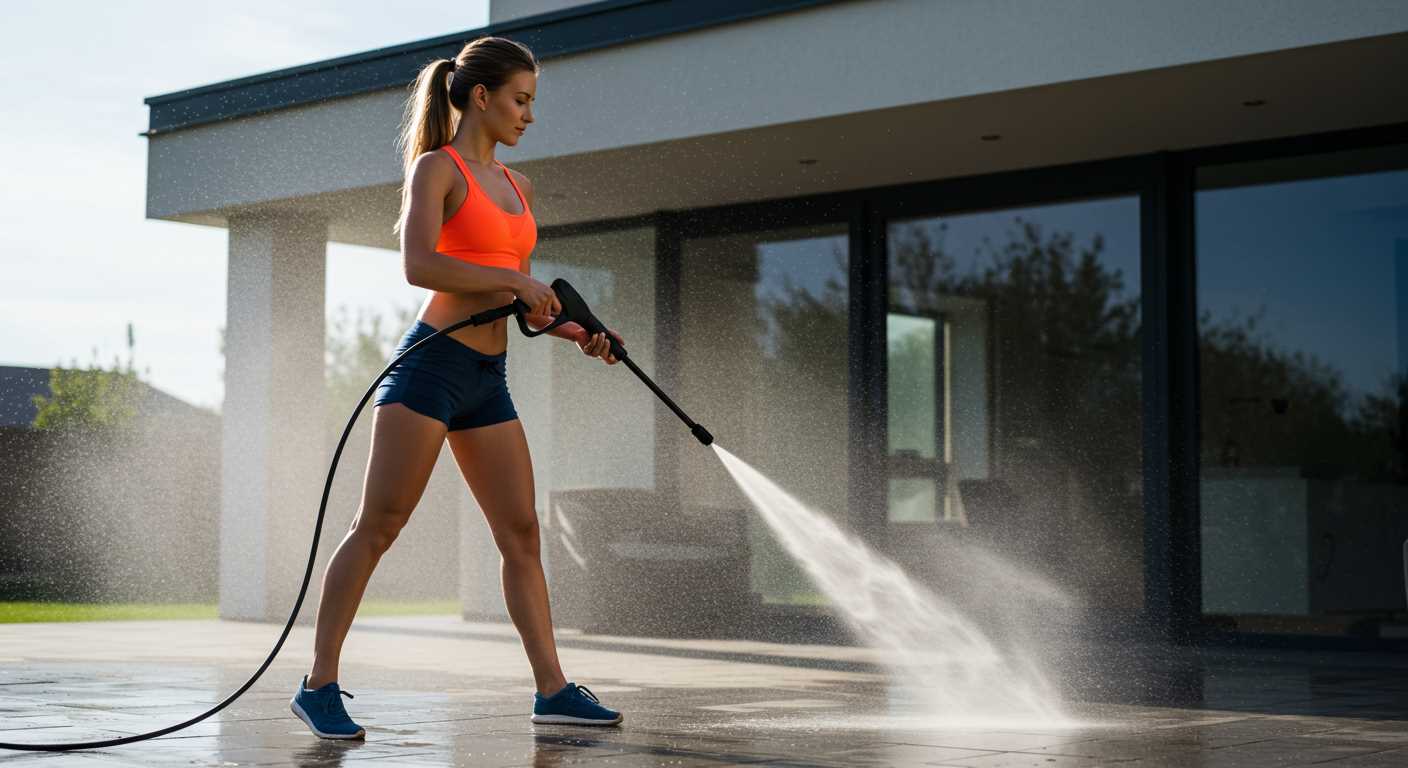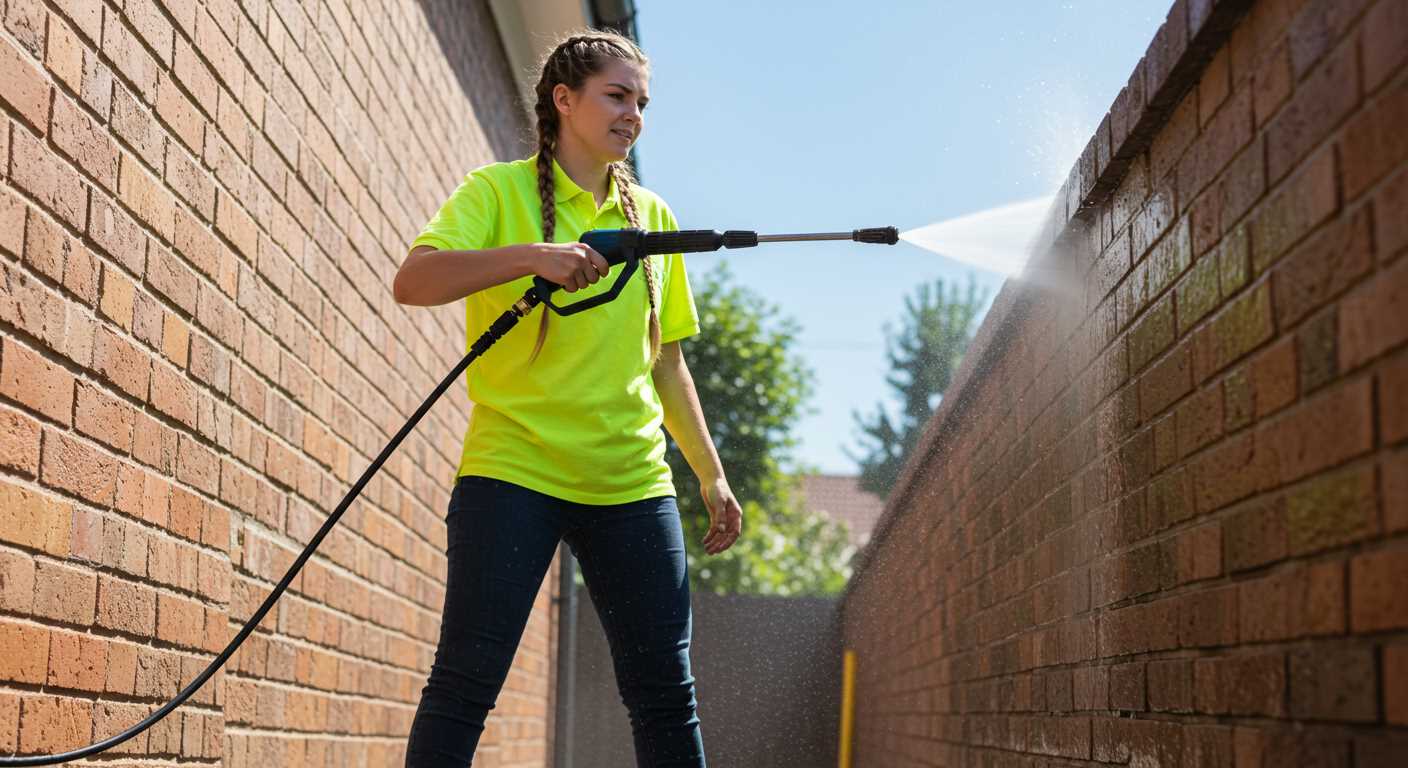




Begin by selecting the appropriate location on your cleaning machine, ensuring it’s easily accessible yet out of the way of operational parts. I once installed a unit incorrectly, which led to constant interference with the power supply. After that experience, I always recommend checking for any potential obstructions before making a commitment to a specific spot.
Gather the necessary tools: a drill, screws, and possibly a level, if you want to ensure everything is straight. I’ve learned the hard way that having everything on hand before starting saves time. You don’t want to find yourself halfway through only to realise you’re missing a screw or the right drill bit.
Once you’ve marked the installation points, drill pilot holes to prevent any splintering. Use screws that are compatible with your equipment’s material; I’ve seen too many units fail due to the wrong type of fastener. Tightening them securely without overtightening is key; I once cracked a mounting bracket by being too forceful.
Finally, test the assembly thoroughly before use. I recommend running the system at low pressure to ensure everything holds up. It’s a simple step, but it can save you from potential damage later on. A little precaution goes a long way in maintaining the longevity of your setup.
Choosing the Right Reel for Your High-Pressure Cleaner
Prioritise compatibility with your device’s specifications. Look for products rated for the pressure output of your cleaner. For instance, if your unit operates at 3000 PSI, ensure the reel can handle that pressure without leaks or failures.
Consider the material. Metal options are durable and withstand outdoor conditions, while plastic ones are lightweight and generally easier to handle. I’ve experienced both; metal reels last longer, but I found plastic reels adequate for lighter use.
Capacity matters. Choose a model that accommodates the length of your tubing. I once opted for a reel that was slightly smaller than needed, leading to kinks and tangles every time I used it. A reel with a higher capacity can save you from that hassle.
Ease of use is another factor. Look for features like automatic retraction or a swivel base. I’ve had models that didn’t rotate smoothly, making it a chore to reel in the line. A smooth mechanism can save time and effort.
Check for additional features, such as a guide to prevent tangles or a locking mechanism to keep the line in place. I’ve found these little extras enhance user experience significantly. Also, always read reviews and, if possible, test the mechanism before purchasing. Remember, a good choice can make your cleaning tasks much more enjoyable and efficient.
For those interested in maintenance, proper cleaning techniques extend the life of your equipment. You might find useful tips on how to clean algae off aquarium decorations that can be applied to other surfaces too.
Preparing Your Equipment for Installation
Before you begin the setup, ensure your unit is powered off and disconnected from any electrical source. This simple step prevents accidents and ensures safety during the installation process. Check the manufacturer’s manual for specific guidelines related to your model, as this can save you from unnecessary headaches later on.
Gather Necessary Tools
Collect all required tools ahead of time. Typically, you’ll need a drill, appropriate drill bits, wrenches, and screws that fit your chosen attachment. Having everything at hand streamlines the process and reduces the likelihood of interruptions.
Inspect Your Unit
Examine the exterior of the machine for any signs of wear or damage. Pay close attention to the connectors and valves, as any issues here might affect performance. Additionally, clean any debris from the surface; a tidy workspace helps maintain focus and ensures a smooth installation.
Gathering Necessary Tools for Installation
Gathering the right tools is fundamental for a successful setup. Here’s a concise list of items you’ll need:
Basic Tools
- Socket Wrench Set: Ideal for tightening bolts and nuts. Ensure you have various sizes to accommodate different fittings.
- Drill: A power drill will make the process quicker, especially for making holes if required.
- Measuring Tape: Accurate measurements are vital for placement and ensuring everything fits correctly.
- Level: To guarantee that the assembly sits evenly, preventing any unnecessary strain on the equipment.
Safety Gear
- Safety Goggles: Protect your eyes from debris during installation.
- Gloves: Keep your hands safe from sharp edges and provide a better grip on tools.
In my experience, having a clean workspace enhances efficiency. Organise your tools so you can easily access them while working. This approach reduces frustration and keeps the process flowing smoothly.
Gathering these items beforehand will set a solid foundation for the task at hand. Trust me, a well-prepared setup saves time and headaches down the line.
Identifying Mounting Locations on the Pressure Washer
Choose a location that provides easy access to the reel while ensuring the unit remains stable. Common spots include the sides or the rear of the machine. When I installed one on my own equipment, I found that the rear offered better balance and didn’t obstruct any controls. Check for any pre-drilled holes that might simplify installation, as these can save time and effort.
Consider Weight Distribution
Ensure that the attachment point doesn’t interfere with the weight distribution of the unit. If the reel is too heavy on one side, it can lead to tipping during use. I’ve seen this happen with a few setups, leading to frustrating spills and equipment damage. A balanced approach not only enhances manoeuvrability but also prolongs the lifespan of the machine.
Avoiding Obstructions
Before finalising the location, confirm that it won’t obstruct any hoses or power cords. I once mounted a reel too close to the exhaust, which caused overheating issues. Keep in mind the potential for wear and tear over time. Also, make sure that the chosen spot allows for a smooth extension and retraction of the line without snagging. For those looking to clean outdoor surfaces, knowing where to find tips for specific tasks, like how to clean concrete, can be beneficial.
Installing the Hose Reel Securely
For a robust installation, ensure that you use the correct fasteners. Stainless steel screws and anchors are a great choice as they resist corrosion. I’ve seen too many setups fail due to inadequate hardware; it’s not worth the risk. Tighten each screw firmly, but be careful not to over-torque and strip the threads.
Align the mounting bracket precisely before securing it. Use a level to verify horizontal alignment. I remember a time I skipped this step, and it led to an uneven setup that caused wear on the hose. A small adjustment in placement can save you from future headaches.
Consider using a rubber gasket or washer between the bracket and the frame of your equipment. This adds a layer of protection against vibration and movement. I’ve learned that any extra cushioning can enhance longevity, especially if you use the equipment frequently.
| Step | Details |
|---|---|
| 1. Select fasteners | Use stainless steel screws to prevent rust. |
| 2. Align bracket | Ensure it’s level for even wear. |
| 3. Add cushioning | Install a rubber gasket for vibration resistance. |
| 4. Check stability | Test the setup by applying pressure to ensure it’s secure. |
After securing everything, give it a gentle tug to confirm stability. I once had a reel come loose mid-operation, resulting in a tangled mess. Trust me, taking a moment to check can save a lot of trouble.
Lastly, regularly inspect your installation. Over time, vibrations can loosen screws, so a quick check can prevent issues down the line. I make it a routine part of my maintenance schedule, and it pays off with consistent performance.
Connecting the Hose to the Pressure Washer
Begin by ensuring the connection points are clean and free of debris. A secure fit is paramount to avoid leaks during operation. Align the threaded end of the tubing with the inlet on the machine, turning it clockwise until snug. Avoid overtightening, as this can damage the threads.
I recall a time when I overlooked this detail. After a long day of work, I connected everything quickly, only to find water spraying from a loose joint. It was a lesson learned about taking the extra moment to check connections. Use a wrench for a firmer grip if necessary, but remember to keep the torque balanced.
Next, attach the other end to the nozzle or spray gun, ensuring it clicks into place securely. Test the assembly by running the unit briefly. Watch for any signs of leaking, as this can indicate a need for further tightening or even replacement of worn seals. I’ve had instances where a simple seal change saved me from a day of frustration.
If you’re integrating an extension or different type of tubing, make sure to use compatible connectors. Mismatched fittings can lead to complications. I learned to always check specifications before purchasing additional components; compatibility is key to smooth operation.
Finally, once everything feels secure and stable, run a quick check by powering on the equipment. Observe for any irregularities in the flow. It’s a straightforward task, but taking these steps ensures trouble-free functioning and maximises your cleaning efficiency. Happy cleaning!
Testing the Setup for Leaks and Functionality
Once the installation is complete, it’s time to ensure everything operates smoothly. First, turn on the water supply and check for any signs of leakage at all connection points. Pay close attention to the joints; even a small drip can indicate a loose fitting or a worn seal. If you notice any leaks, tighten the connections gently to avoid damaging the threads.
Next, engage the activation mechanism of the cleaning machine. Observe the fluid flow through the newly connected apparatus. It should be steady and consistent, without sputtering. If the flow appears irregular, inspect the connection to ensure it’s secure and free from kinks or blockages.
I recall a time when I set up a similar configuration for a friend. Initially, everything seemed in order, but during the first test run, we experienced a significant leak that turned into a minor fountain. It turned out the seal wasn’t seated correctly. After reseating the seal and tightening everything, we had a flawless setup.
After confirming the absence of leaks, conduct a functional test. With the system running, try activating the equipment at various pressure settings. This helps ensure that the entire assembly is handling the pressure efficiently. Listen for any unusual noises that could suggest air trapped in the system or other issues. A smooth operation is key to successful performance.
Finally, always keep a towel or rag nearby for quick clean-up. Any residual water can lead to slips or create unwanted messes. A tidy workspace not only looks better but also helps in identifying potential problems during testing. Ensuring everything is operational will save time and frustration in the long run. Trust me; it’s worth the effort to check everything thoroughly before diving into your cleaning tasks.




.jpg)


